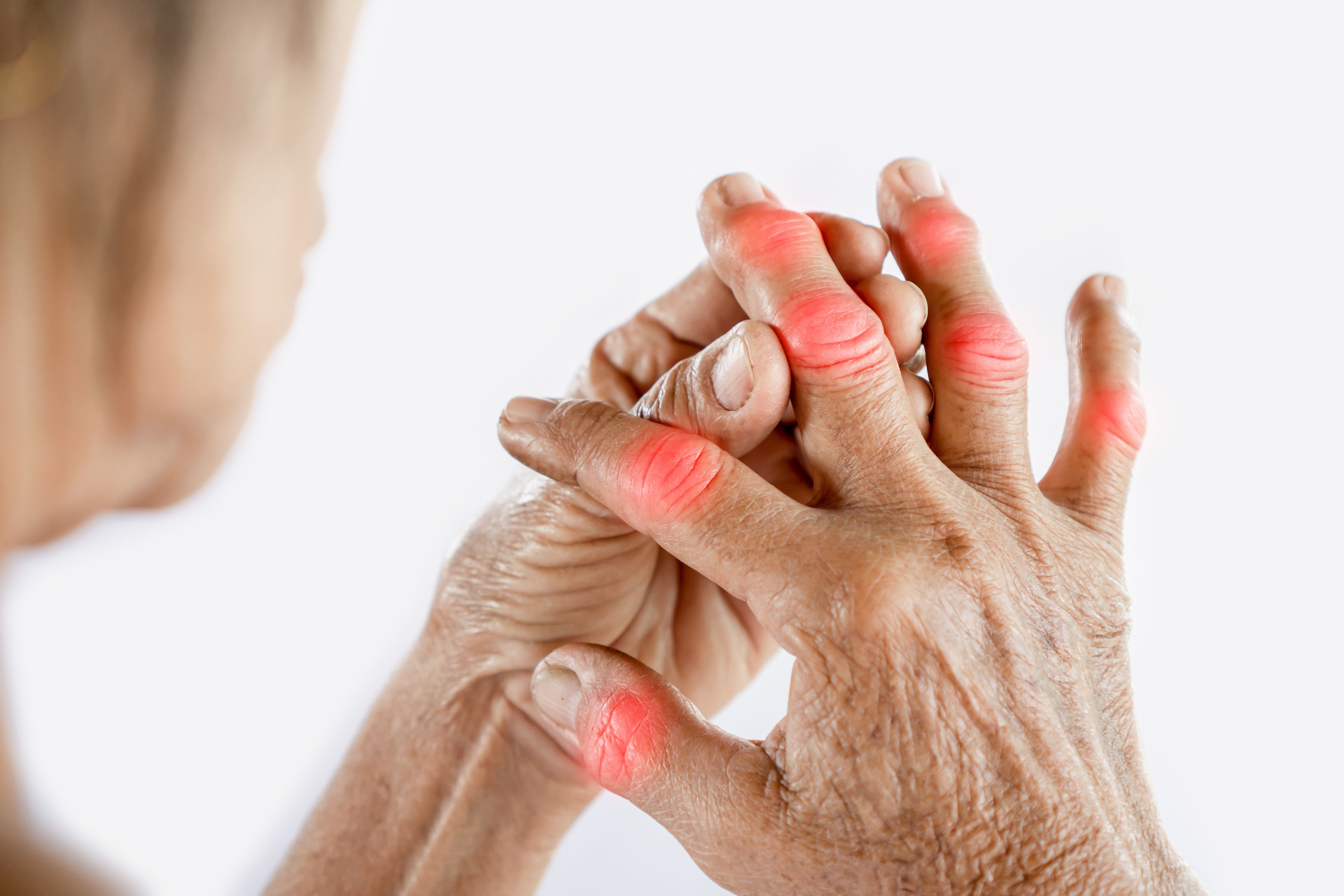Article
Potential Link Found Between Spikes in Air Pollution, Outpatient Psoriasis Visits
Author(s):
Female patients and people younger than 18 years were particularly sensitive to pollution levels, this study found.
Short-term increases in air pollution appear to lead to an increase in symptoms for people with psoriasis, according to a new study published in Frontiers in Public Health. The report adds to a growing body of research looking at how air pollutants affect those living with psoriasis.
The development of psoriasis has been linked with several factors, including hereditary and metabolic causes. However, the environment is also believed to play a significant role. Among people with psoriasis, existing evidence suggests that symptoms vary from season to season and with changes in humidity and temperature levels.
However, chemicals commonly found in air pollution have also been associated with symptoms of psoriasis, explained the study authors. There are a number of potential reasons why, they said.
“Several psoriasis-related skin bacteria are affected by NO2 [nitrogen dioxide],” they wrote. “O3 can activate cutaneous inflammasomes, which may induce inflammatory skin conditions. Furthermore, smoking may be a risk factor for psoriasis because benzo[a]pyrene could enhance scratch-induced CCL20 secretion.”
Yet, the investigators noted that real-world effects from air pollution might act somewhat differently. For instance, they said effects from air pollution might act in a nonlinear form and may not appear immediately. Therefore, they decided to look at the exposure-lag-response relationship between air pollution and psoriasis outpatient visits in the City of Hefei, China, from 2015 to 2019.
Overall, there were 54,064 outpatient visits by patients with psoriasis at the city’s 2 main hospitals during that time frame. Their goal was to look specifically at the impacts pollutants have on individuals, and so they controlled their findings for factors such as weather, longer-term trends, days of the week, and holidays.
The investigators looked specifically at SO2 (sulfur dioxide), NO2, and O3(ozone). They found that an increase of 10 mcg/m3 of NO2 led to a 2.1% (95% CI, 0.7%-3.5%) increase in psoriasis outpatients and a decrease of 10 mcg/m3 of O3 was associated with an 0.8% (95% CI, 0.4%-1.2%) increase.
The authors also found, however, that the impact of the pollutants varied over time depending on the amount of the pollutant in the air.
“At low concentrations, NO2 showed a dangerous effect on the fourth day, and the risk reached its maximum on the sixth day (relative risk [RR], 1.099; 95% CI; 1.066-1.133),” they wrote. “At high concentrations, NO2 showed a maximum risk effect on the first day (RR, 1.170; 95% CI, 1.046-1.307), and the effect decreased as the days lagged.”
The data also suggested that females and people under the age of 18 were more sensitive to changes in air pollution.
The investigators cautioned that their data was based only on care at the city’s 2 major hospitals, and thus it does not capture psoriasis visits at other clinics. In addition, they said, air pollution may have led to increases in symptoms that were not included in the study because the patients did not consider the symptoms sufficient to warrant seeking medical care.
Still, they said the data suggest air pollution can exacerbate symptoms in people with psoriasis.
“This finding suggests that patients and people at high risk of psoriasis should reduce their time outdoors and improve the quality of their protective gear when the air quality is poor,” they concluded.
Reference
Wang T, Xia Y, Zhang X, et al. Short-term effects of air pollutants on outpatients with psoriasis in a Chinese city with a subtropical monsoon climate. Front Public Health. Published online December 22, 2022. doi:10.3389/fpubh.2022.1071263














